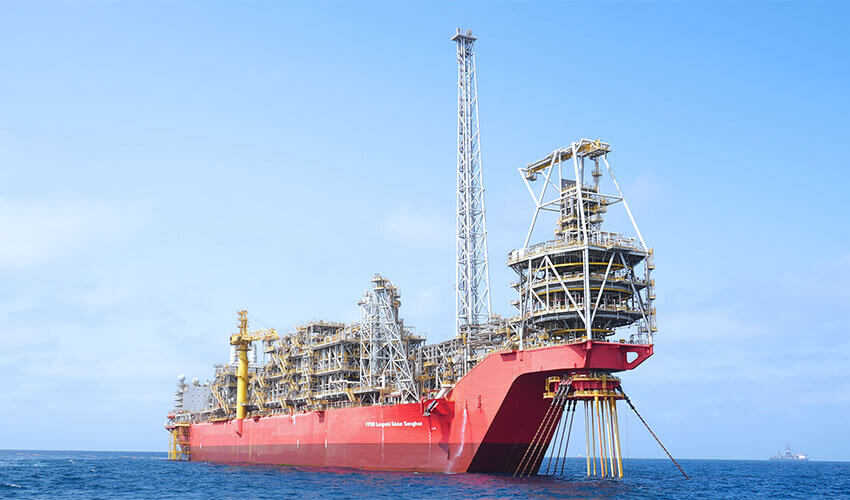×


Woodside has announced that at year-end 2024 it had remaining proved (1P) reserves of 1,975.7 MMboe, remaining proved plus probable (2P) reserves of 3,092.2 MMboe, and remaining 2C contingent resources of 5,869.7 MMboe. Excluding divestments and production, Woodside’s proved reserves increased by 54.9 MMboe, and proved plus probable reserves increased by 46.2 MMboe, reflecting the strong underlying performance of the assets.
Woodside CEO Meg O’Neill said the reserves update reflected the strength of the portfolio. "The reserves update underscores Woodside's high-quality assets and disciplined execution. The outstanding early performance at Sangomar again demonstrates Woodside’s proven record of delivering large-scale projects that provide sustainable returns over the long term.
"Sangomar is forecast to continue producing on a plateau into the second quarter of 2025 and with continued strong asset performance across the portfolio, we are well positioned for another year of delivering value for shareholders.
"As Woodside embarks on the next phase of growth, continuing to execute Scarborough and Trion and preparing for a final investment decision on Louisiana LNG, we will maintain our disciplined approach and commitment to safety, reliability, and performance."
At 31 December 2024, Woodside’s remaining proved reserves were 1,975.7 MMboe, compared with 2,450.1 MMboe on 31 December 2023. Proved plus probable reserves remaining were 3,092.2 MMboe, compared with 3,757.1 MMboe on 31 December 2023. 2C contingent resources remaining were 5,869.7 MMboe, compared with 5,902.0 MMboe at 31 December 2023.
The divestment of 25.1% of Woodside’s equity interest in the Scarborough field led to reductions in proved reserves of -323.0 MMboe, and proved plus probable reserves of -504.7 MMboe.3 Excluding the impact of divestments and production, reserves additions were driven by strong performance at Sangomar, successful FIDs of projects in Australia and the US, and performance-based revisions across the portfolio, notably North West Shelf and Bass Strait.
In 2024, Woodside successfully achieved the first oil at the Sangomar project, located offshore Senegal. This milestone highlights Woodside’s expertise in project execution and operations excellence. The project ramped up in less than nine weeks, and achieved over 94% production reliability in Q4 2024. Both water and gas injection systems have been fully commissioned.
Sangomar produced 13.3 MMboe of crude in 2024, with 12.9 MMboe of sales generating approximately $950 million in revenue. Safety performance during project execution was outstanding, highlighted by 30 million hours worked on the project without a serious injury. The final Sangomar Field Development Phase 1 cost was approximately $5.0 billion, at the lower end of the previously estimated range of $4.9 - $5.2 billion.
Early performance from the S500 reservoirs has demonstrated excellent productivity. This has resulted in proved and proved plus probable reserves additions of 16.2 MMboe and 15.4 MMboe respectively.
The project also includes four injector-producer well pairs in the S400 reservoirs, which have exceeded prestart expectations, reducing downside connectivity risk. Water injection commenced in the fourth quarter of 2024, and the migration of reserves associated with water injection is anticipated in 2025, pending additional well performance.
The depreciation, depletion, and amortisation (DDA) rate for Sangomar in 2024 was approximately $56/boe. Woodside expects the DDA rate for 2025 to reduce by 5-10% including the anticipated reserve additions. Woodside continues to have strong relationships with our joint venture partner Petrosen and the Senegalese Government.
The Sangomar project made a substantial impact locally with over 4,400 Senegalese jobs generated throughout the construction phase. The project is forecast to continue producing on plateau into the second quarter of 2025, approximately a year after first oil. Future development decisions will be informed by 12-24 months of production data.